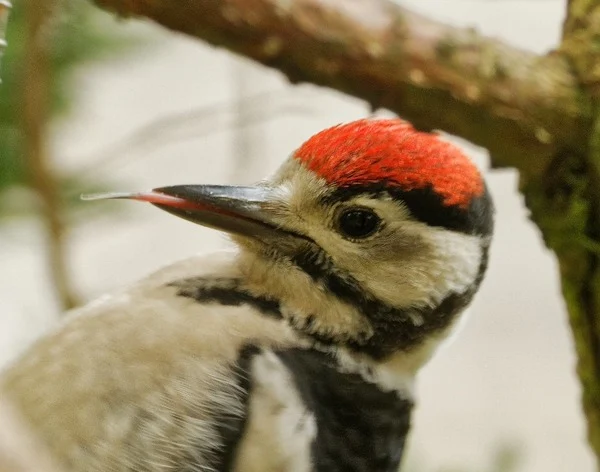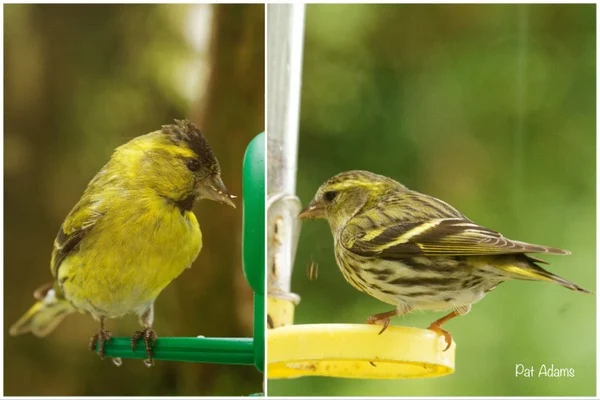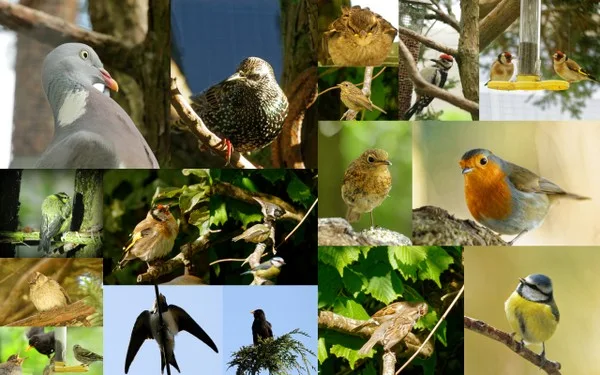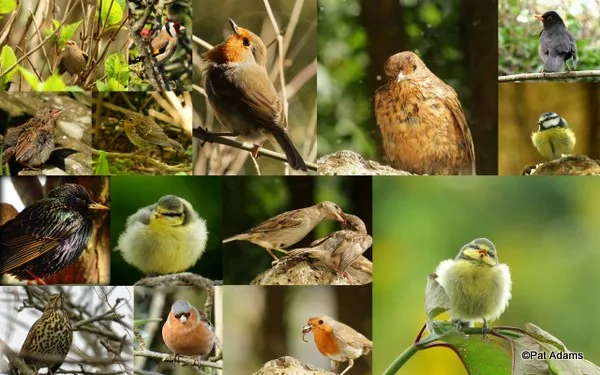I'm so looking forward to Spring sunshine, such a wonderful time of year on the North Devon coast.
In my garden the Hellebores are first to make an appearance. The Daffodils and Primroses beginning to bloom and the long shoots of the Bluebells and Tulips rising. A bonus of not weeding, the side garden is full of Lesser Celanadine which will add a little mellow yellow to the mix. The first flowering Marsh Marigold has emerged in the pond.
Amazingly the Hedgehogs have been visiting the feeding station all through the Winter bar just one week. We have three, I think and the push and pushy behaviour has started all seen on the Trail cam.
Birds still visiting and beginning to chirp, the marauding Starlings seem to have moved on but I spotted the arrival of the Siskins last week, the Woodpecker yesterday so do hope they are nesting nearby. The Lilac and Pussy Willow trees are in bud and by the look of the new Cherry Trees and Magnolia the blossom will be pretty spectacular. Most of all I look forward to the Dawn Chorus, return of the House Martins, Swallows and Swifts, the real start of Spring.
Out the window I have seen and photgraphed some spectacular skies, sunsets, cloud formations and rainbow light, at one time the field was covered in Rooks. Migrating birds are constant visitors to the field throughout the year, a reminder that the rotation of cattle and sheep grazing are vitally important to the ecosystem.
At the end of January ITV NEWS reported how "Harmattan winds would sprinkle a covering of Saharan dust across the UK" and I captured that amazing sky. (Scroll down for photo)
The wind and rain has been non-stop, I've lost count of the number of named storms but looking forward to getting out and about in the sunlight on the coast and in the countryside. Love where you live💚
👀👀👀









